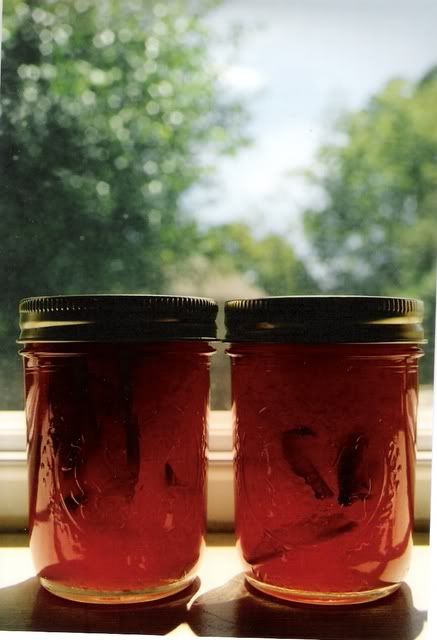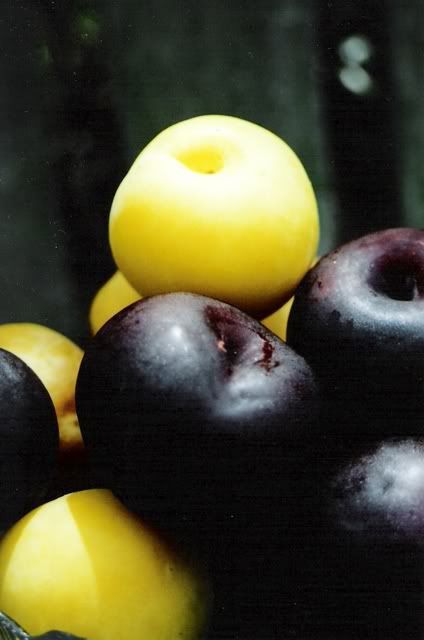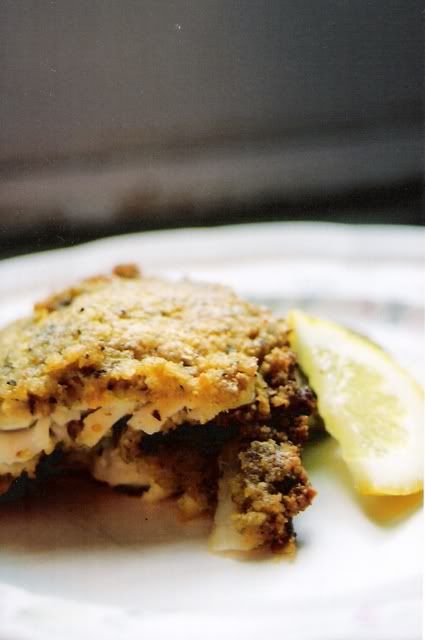
I don't really care about spelling.
Sometimes I spell things in old english and other times my words don’t even look like members of the English language.
But
sit across the room and ask me how to spell a word.
My inner 5th grade puts down the game boy, steps up to the mic and suddenly i'm in the running.
Akeelah can keep her B cause i've got that jawn on lock down!
So my point?
relax the lever on your correction tape ladies,
I realize I spelled plumb wrong for its use but it just looks better that way.
And don’t give me that look.
Though possibly cause for argument in a heated game of scrabble , Lekvar is a real word.
Lekvar is a Hungarian filling used in pastries making a big appearance in our house around Christmas time when my mom busts out the rosette irons and kipfels. It is usually made out of prunes or dried apricots and constitutes a thick jam that stays put when placed.
This is my attempt at a twist.
Pluots and plumcots are both apricot and plum hybrids. Pluots tend toward more of a plum taste while plumcots tend to be 50/50.
There are also several types of plumcots. They range from perfectly plumb looking to striated green red warbles. I have found this last variety, often called "dinosaur eggs", the best for making jam.
I tried several variants on plumb recipes and settled on this combination. Though not as heavy with pectin as it could be, making it a little more on the loose side makes it more versatile as a jam. You can use a little more sugar if the plumb derivatives are less sweet. I prefer to rely on the natural sugars of over ripe fruit and use less sugar. The general rule is 1 - 1 1/2 cups of sugar to each pound of fruit.
A canning technique post will follow but really it's a forgiving and highly communicative process that lets you know when things have gone awry. If the lids flex when pushed down they didn't seal and so must be used immediately.

Pluot and Plumcot Lekvar:
- 2 ilbs plumcots
- 1 1/2 - 2 ilbs pluots
(roughly 4 1/2 - 5 cups) - 1 lemon juiced
- 3 cups sugar (and a handful extra)
- 1 package sure-jell
Traditionaly lekvar is made in a copper pot and I do believe this makes a difference. Though I can't speak with AUTH-or-it-TAY on the chemistry of it all I know aluminum is the bad guy. Something about it reacts poorly with the acids your depending on to help the jam become jam. Stainless teel is also fine to use. Its my pot of choice at the moment as copper pots are wicked expensive.
I'd also like to say something about the sugar here. The first time i made a bacth it was good but sweet rather then tart and super jelled. The jams consistancey is dependant on the proper mix of acids and sugar along with pectin. The second time I played sugar limbo just to see how low I could go. If your worried about it setting up add or want that thicker consistancey add in and extra cup or two (4 - 5 cups of sugar. 6 if youve got 4 full pounds). After a batch or two you'll get a feel for whats going on in. I've had success with roughly 3 1/2 but mayeb I'm pushing my luck.If your after more of a traditional lekvar consistancey go with 1/2 to an extra 3/4 package of sure-jell.
Pit the fruit and quarter. Leave the skins on. Throw into a pot (and stir constantly over low-medium heat till the juices are expressed.
Dont cook the hell out of your jam or its gonna get soupy. Keep in mind those hot little fruit fibers also need to hold up in the wicked heat of the canning pot.Over cooking isnt going to do anyone any good.
add the lemon juice.
add the pectin and stir thouroughly then add the sugar and boil full throttle for one minute.
At this point your ready to can accordingly.
Good job. You make daddy proud.
